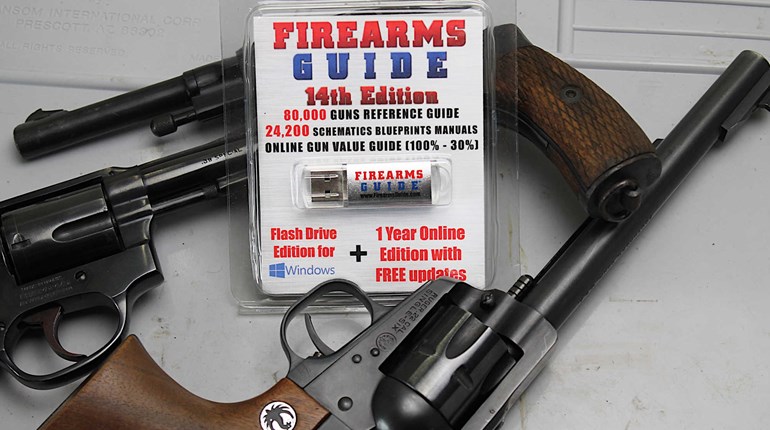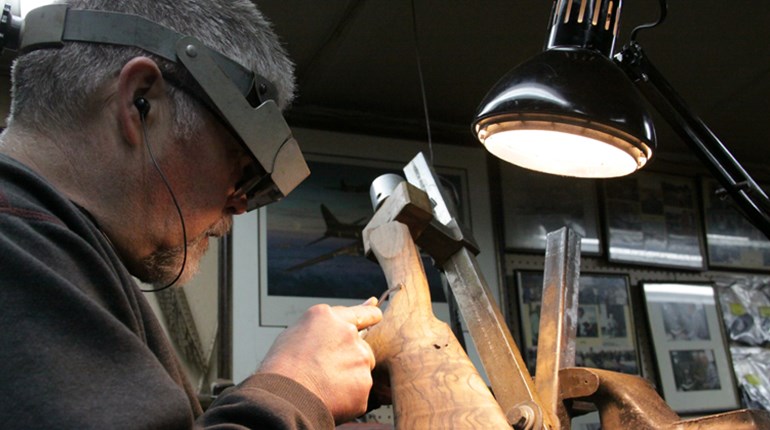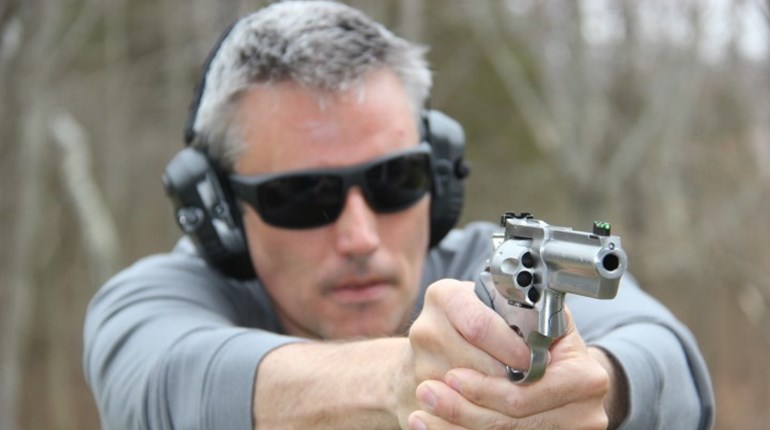
The end is close, (or, at least that's what I thought) as I engaged the right-side paddle of the Ed Brown ambidextrous safety. With no other fire-control components inside the frame to offer interference, the action was emphasized by the telltale click as the thumb safety began its upward travel, forcing its detent (also referred to as the lock plunger) from its plunger tube, until the top of the safety finally came to rest in the slide's corresponding notch. Disengaging the lever felt just as effortless, and I was ready to begin shifting my focus to the blending that lay ahead, when I noticed working the thumb safety caused the right-side panel of the thumb safety to loosen and back out slightly from the frame, far enough to slide a credit card between the frame and the right-side panel.

At first, I suspected burrs inside the hole of the beavertail. Polishing the area simply involved wrapping a layer of 600-grit sandpaper around the shank of a drill bit and using my fingers to lightly twist it through. Afterward, I inspected the thumb-safety pin for burrs or rub marks. Though none were visible, I opted to lightly sand the areas where the pin protruded from each side. (Unfortunately, neither of which closed the gap.) To confound me further, removing the safety's problematic protruding portion from the pistol and placing it against a carpenter's square confirmed I wasn't contending with a warped or otherwise "defective" component. By the same token, removing the beavertail and reinstalling the safety's right-side panel confirmed the gap wasn't the result of the two-piece parts tongue-and-groove interface being machined incorrectly.
Having exhausted my list of potential culprits, I contacted each gunsmith for advice, after explaining my previous efforts to troubleshoot the problem. To my surprise, they were each stumped. I explained why features like the high-thumb-friendly angle and slope of its low-profile pads were part of what made that particular ambi safety a longtime favorite. One of the 'smiths suggested the Wilson Combat Bulletproof Ambidextrous model as an alternative. In addition to offering similar thin "tactical" paddles, the product has two things that make it stand out from the one I've relied on for years. First, instead of utilizing the popular tongue-and-groove joint design centrally located along the axis pin of the Ed Brown Ambi Safety (which was originally created and by the late pistolsmith Armand Swenson) Wilson's Bulletproof Ambidextrous Safety features a half-lap joint that spreads the torsional forces of operating the safety across the entire length of the pin—between the two halves of the safety—ultimately offering enhanced durability over Swenson's design, which relied on a press-fit and retention by the right-side grip-panel to keep the halves together.

Second, the right-side potion of the Wilson safety includes a modified hammer pin and screw to lock the part in place. (A slot on the inside face of the right-side paddle engages the screw in the hammer pin.) Not all compromises imply or lead to failure. While I would have preferred using the parts I selected originally, there's little doubt this setback will be advantageous in the long run.
In the next installment, I address how to blend the beavertails's upper and lower contours into the tangs to add that extra touch of a professional-looking build.






































